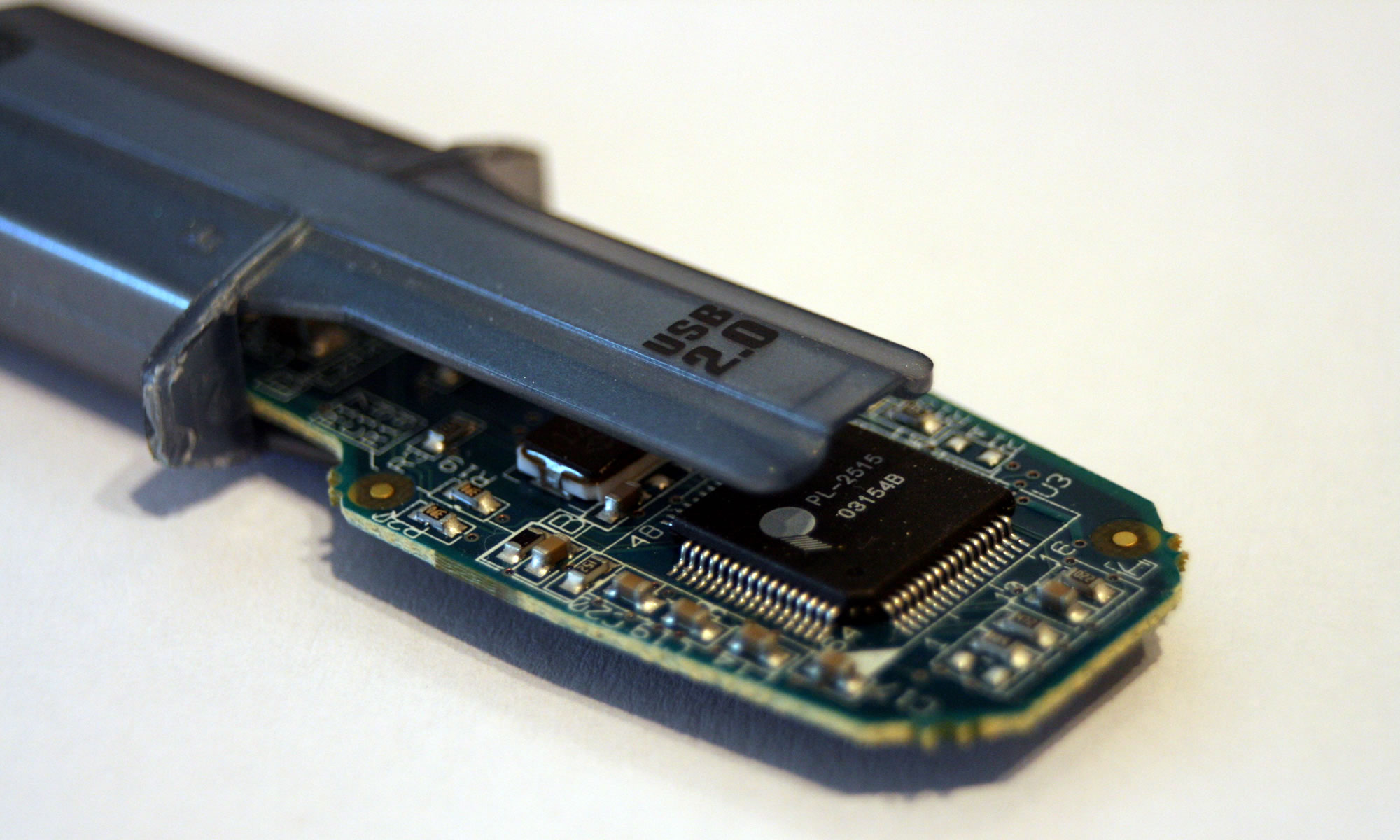
I have placed an order for fibre to the premises FTTP with estimated speeds of 900Mb/s down and 110Mb/s up. Should be up and running in the next couple of weeks.
A few months back our local area was awash with BT Openreach vans.
So we have FIVE BT openreach vans within 20 metres of our house and loads of BT workers as well. No idea what they are up to, I would go and ask, however a) social distancing and all that and b) they may, if I went up to them, think I was of those 5G conspiracy nutters!
— James Clay (@jamesclay) May 6, 2020
I did wonder if they were installing full fibre connections, or fibre to the premises FTTP. I remember at the time doing a search, but no news on any kind of upgrade to either cabinet 25 or the Worle Exchange.
Bizarrely enough it was an advert on Instagram that caught my attention back on the 1st October. Almost for a joke I decided to see if I could get faster fibre, I wasn’t expecting to, but was quite surprised to see that I could in fact have FTTP!
Having suffered poor ADSL speeds for many years, I was really pleased, in September 2017 when BT Openreach finally finished the upgrade to cabinet 25 and we could have FTTC fibre.
With roughly 30Mb/s download and 9Mb/s upload speed I felt I was back, in terms of internet speeds, where I was in 2012 at our old house before we moved. Eight years ago I blogged about how I lost my FTTC connection having moved house (literally just moved down the same road).
It took over five years for BT Openreach to upgrade Cabinet 25 so we could have FTTC.
One of the reasons I didn’t place an order straight away was that, if I ordered BT Full Fibre I would have to close my current internet account with my ISP. Now I have been with my ISP since 1998, they were my first ISP, well the first I paid for after a free trial with AOL. I had seen an advert in a computing magazine, they were called Force9 and were based in Sheffield.
I had a dial-up internet account with them initially where I paid a monthly fee for internet access as well as any telephone charges.
Stayed with them when I moved house. In June 2000, the Force9 brand was changed to Plusnet. This coincided with the introduction of the Surftime dialup internet products, the first real 24/7 unmetered dial-up service in the UK. This worked really well with the Airport Extreme base station I had with integrated modem. I could use my Mac to enable the connection and then use the wifi across the home to use the internet wherever I was in the house.
When ADSL was enabled in February 2003, I upgraded to this new faster internet. The always on nature of ADSL changed how I used the internet, and in some ways how the internet used me.
Plusnet was sold to BT in 2007 and I think it lost a little of its soul that day, but I stuck with them.
On this day in 2010 I upgraded to FTTC and this was a real revelation. With 40Mb down and 10Mb up this is significantly faster than the 1.3 down and 0.6 up I had before.
I was so disappointed when we moved house two years later and lost it and went back to the slow speeds of ADSL.
Five years later, cabinet 25 was upgraded and we had fibre back.
All that time I was with Force9 or Plusnet as they like to be called.
When I found out I could have FTTP from BT, I did think I should be able to get FTTP from Plusnet as I recalled they were doing FTTP trials a few years back. Alas it was apparent that they don’t do FTTP products. So it was with a little sadness (don’t know why) that I ordered the BT Full Fibre product and this automatically activated the cancellation of my account with Plusnet.
It’s the end of one era and the start of another.

